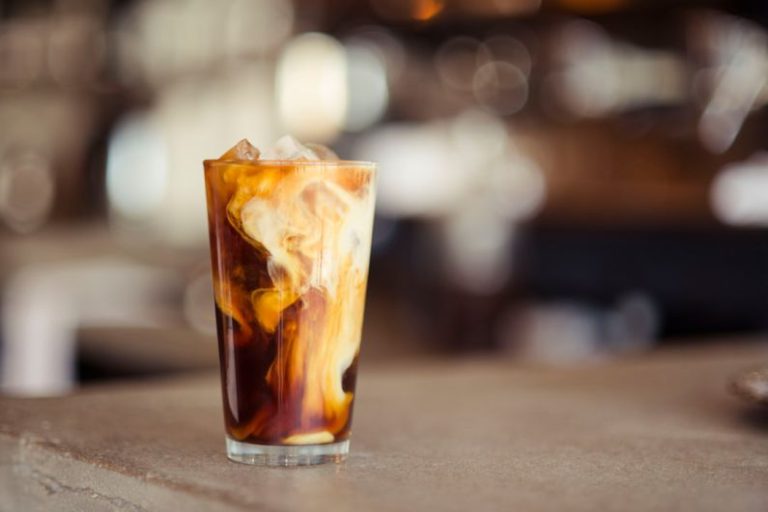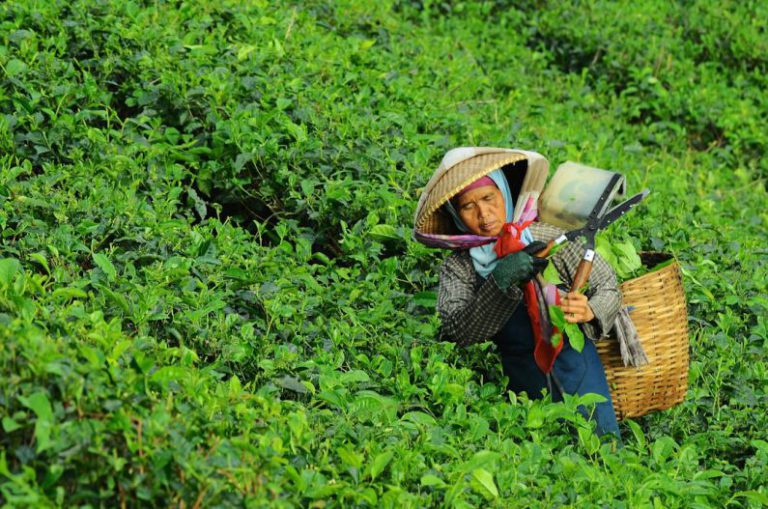The Traditional British High Tea: a Mark of Elegance
There are few traditions more quintessentially British than the institution of high tea. This elegant affair, which dates back to the mid-19th century, is a cherished custom that showcases the refinement and sophistication of British culture. From the delicate china to the assortment of delectable treats, high tea is a feast for the senses that embodies the essence of elegance and tradition.
The Origins of High Tea
High tea originated in the early 19th century as a light meal served to the working class upon returning home from a day of labor. However, it quickly evolved into a more elaborate affair when the Duchess of Bedford, Anna Russell, introduced the concept of afternoon tea to fill the long gap between lunch and dinner. This new form of tea service became popular among the aristocracy and soon spread throughout British society, becoming a symbol of sophistication and refinement.
The Setting: A Scene of Elegance
One of the hallmarks of high tea is its elegant setting. Typically served in the late afternoon or early evening, high tea is a formal affair that demands attention to detail. The table is adorned with fine china, silverware, and linen, creating a picture-perfect setting that exudes charm and sophistication. The ambiance is further enhanced by the gentle clink of teacups and the soothing melodies of classical music, setting the stage for a truly memorable experience.
The Menu: A Culinary Delight
Central to the high tea experience is, of course, the menu. A traditional high tea spread includes a selection of finger sandwiches, scones with clotted cream and jam, and a variety of pastries and cakes. The sandwiches are often filled with classic ingredients such as cucumber, smoked salmon, and egg salad, while the scones are served warm and accompanied by rich, velvety clotted cream and sweet, tangy jam. The pastries and cakes are a delightful mix of flavors and textures, ranging from light and airy to decadently rich, providing a perfect balance of sweet and savory delights.
The Tea: A Ritual of Refinement
At the heart of high tea is, of course, the tea itself. A wide variety of teas are typically offered, ranging from classic black teas like Earl Grey and English Breakfast to fragrant herbal blends and delicate green teas. Each tea is carefully brewed and served with precision, with the host or hostess taking care to ensure that each guest’s cup is filled to the perfect level and strength. The ritual of pouring and sipping tea adds an element of ceremony to the occasion, elevating it from a simple meal to a true experience of refinement and elegance.
The Etiquette: A Code of Conduct
Partaking in high tea also comes with its own set of etiquette rules. Guests are expected to dress formally, with men in suits and women in dresses or skirts. When seated at the table, it is important to observe proper manners, including holding the teacup with the pinky finger down, stirring tea gently, and refraining from slurping or making loud noises. These small gestures may seem trivial, but they are essential in upholding the tradition of high tea and maintaining the air of elegance that surrounds it.
In Conclusion: A Timeless Tradition
The tradition of high tea may have evolved over the years, but its essence remains unchanged: a celebration of elegance, refinement, and tradition. From the exquisite setting to the delectable menu, high tea is a feast for the senses that transports guests to a bygone era of sophistication and charm. Whether enjoyed in a grand hotel or a cozy tearoom, high tea is a timeless tradition that continues to captivate and delight, making it a true mark of elegance in British culture.






